BHG - Identifying livestock as a key economic sector, in recent years, Nam Ban commune (Meo Vac) has focused on promoting the development of this sector to create jobs, increase income for people and promote sustainable poverty reduction.
Nam Ban is a mountainous commune with many difficulties, little agricultural land, steep mountainous terrain, and limited farming conditions. Faced with that reality, livestock development is identified by the commune as a suitable direction because it can take advantage of the mountains, forest land area, and abundant natural food sources. On the other hand, the development of livestock farming of key livestock such as buffalo, cows, goats, and native pigs not only brings high economic value, low risk, and is suitable for the production level of the people.
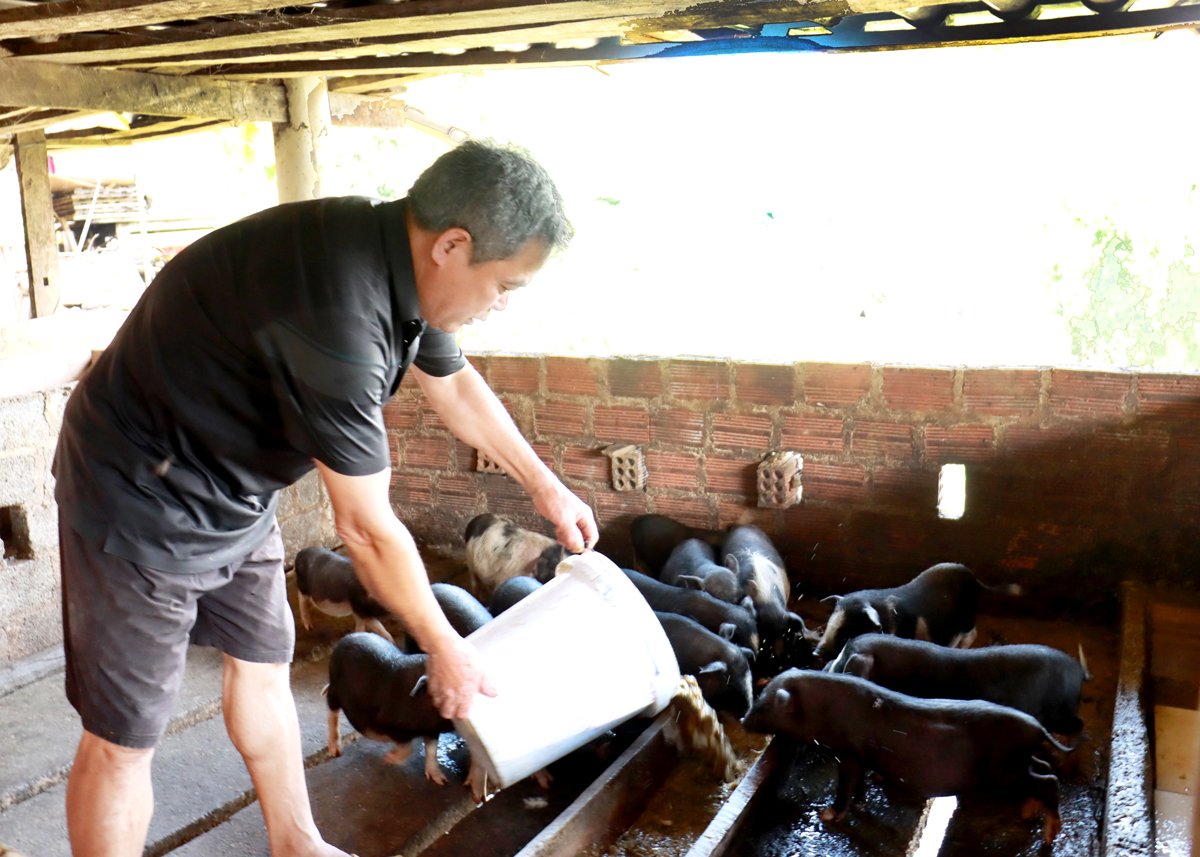 |
| Raising pigs helps Mr. Nung A Chay's family in Na Tam village increase their income. |
The family of Mr. Nguyen Ngoc Anh, Ban Ruoc village is one of the typical households leading the livestock development movement in Nam Ban commune. Previously, his family's life encountered many difficulties. However, since 2017, with the propaganda and mobilization of commune officials, his family decided to implement a commercial black pig farming model. Initially, due to lack of capital, he only built 4 pens with a scale of more than 10 pigs/batch. Thanks to the correct application of care techniques and disease prevention, his family's pig herd has always developed steadily. With the experience and accumulated capital, he has recently expanded the area to 7 pens, with a scale of 30 pigs/batch. On average, he sells more than 70 pigs per year, bringing in a revenue of more than 400 million VND.
Similarly, Mr. Nung A Chay's family in Na Tam village has also developed the livestock sector. Currently, his family is maintaining the raising of 3 breeding pigs, 20 commercial pigs, and 4 fattened buffaloes. From developing livestock, Mr. Chay earns more than 200 million VND each year. In particular, thanks to developing livestock, his family has been able to build a solid house, and at the same time, have more conditions to invest in expanding production.
In order to develop livestock farming, in recent years, Nam Ban commune has implemented many synchronous solutions. First of all, the commune has promoted propaganda and mobilized people to change their small-scale, spontaneous livestock farming habits, shifting to concentrated, disease-free commercial livestock farming. Along with that, the commune has also proactively integrated support capital from national target programs and livelihood support projects so that people have the conditions to invest in building solid barns and buying high-quality livestock breeds. In addition, the commune is interested in re-planning livestock farming areas suitable to the terrain, climate and soil of each village and hamlet; organizing training courses, transferring scientific and technical advances in livestock farming to people; gradually promoting the building of local livestock product brands, aiming at traceability and connecting with stable consumption markets.
In addition, to ensure stable development of livestock, Nam Ban commune pays special attention to disease prevention and control. Accordingly, the commune has consolidated and maintained the operation of the Steering Committee for Animal Disease Prevention and Control; organized a permanent force, closely monitored the disease situation to be ready to respond when an epidemic occurs; periodically sprayed disinfectants in old epidemic areas and areas at risk of epidemic occurrence; reviewed and organized periodic vaccination and supplementary vaccination for livestock, ensuring quality and effectiveness.
In fact, the promotion of livestock development has brought about clear changes in the socio-economic life of Nam Ban. As of April 2025, the total livestock herd of the commune reached nearly 6,000 heads, an increase of more than 400 heads compared to the same period in 2024. Many households have a stable income of 60 - 100 million VND per year thanks to the development of local cows, goats and pigs. In particular, thanks to livestock, many households in the commune have had a stable source of income, gradually rising out of poverty, contributing significantly to the local goal of sustainable poverty reduction. In the period of 2021 - 2024, the average poverty rate of the commune decreased by 6.2% per year.
Article and photos: TRAN KE
Source: https://baohagiang.vn/kinh-te/202505/nam-ban-tap-trung-phat-trien-chan-nuoi-bca5baf/


![[Photo] 12th grade students say goodbye at the closing ceremony, preparing to embark on a new journey](https://vphoto.vietnam.vn/thumb/1200x675/vietnam/resource/IMAGE/2025/5/28/42ac3d300d214e7b8db4a03feeed3f6a)
![[Photo] Welcoming ceremony for Hungarian President Sulyok Tamas and his wife on an official visit to Vietnam](https://vphoto.vietnam.vn/thumb/1200x675/vietnam/resource/IMAGE/2025/5/28/7956bacf4a3e4bde8326cb8f72a3b26c)
![[Photo] Close-up of the project connecting 3 key highways in the South](https://vphoto.vietnam.vn/thumb/1200x675/vietnam/resource/IMAGE/2025/5/28/c4b0bc977e964bb79d08b4e836974495)
![[Photo] General Secretary To Lam receives Hungarian President Sulyok Tamas](https://vphoto.vietnam.vn/thumb/1200x675/vietnam/resource/IMAGE/2025/5/28/58cdfabf66514ef4bce5a13a285e6f6f)
![[Photo] National Assembly Chairman Tran Thanh Man meets with Hungarian President Sulyok Tamas](https://vphoto.vietnam.vn/thumb/1200x675/vietnam/resource/IMAGE/2025/5/28/1f182464bad54d399e1236943e0c13ba)
![[Photo] General Secretary To Lam works with the Central Policy and Strategy Committee](https://vphoto.vietnam.vn/thumb/1200x675/vietnam/resource/IMAGE/2025/5/28/7b31a656d8a148d4b7e7ca66463a6894)
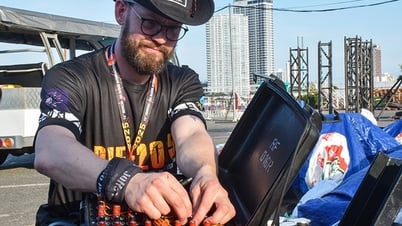

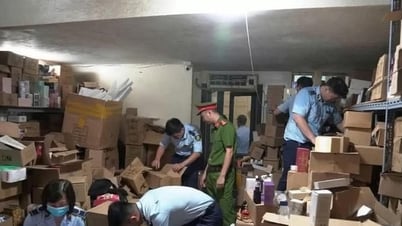

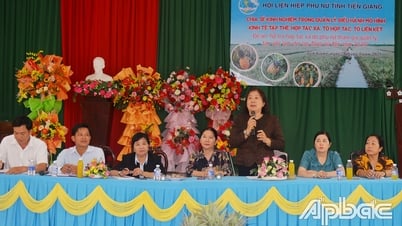

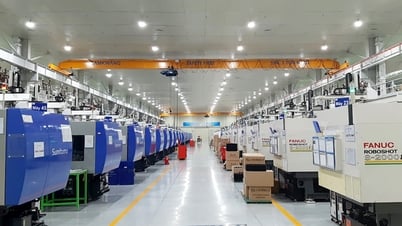







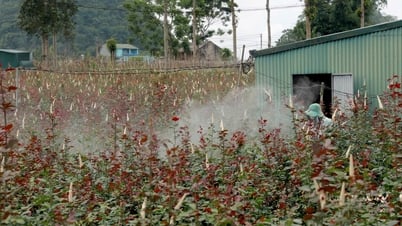
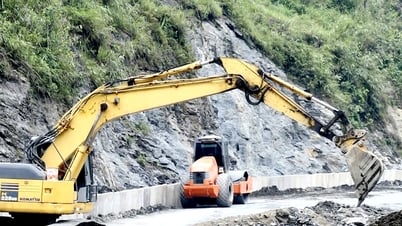
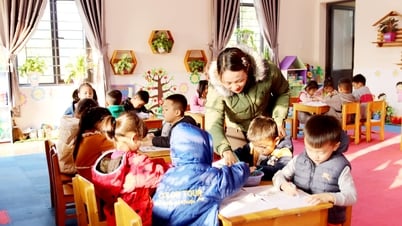
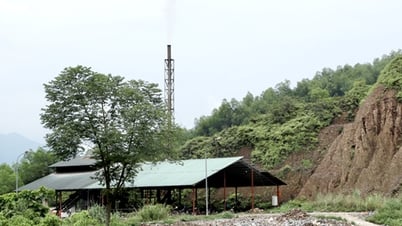

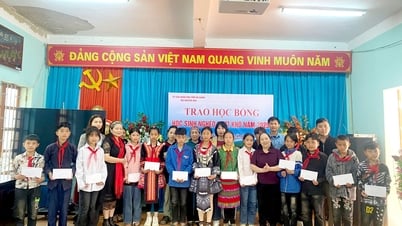




















































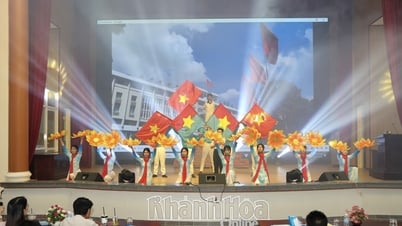

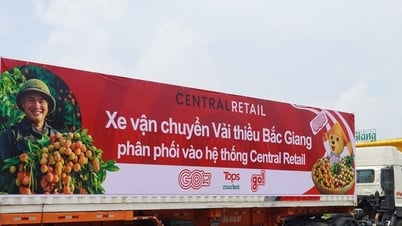
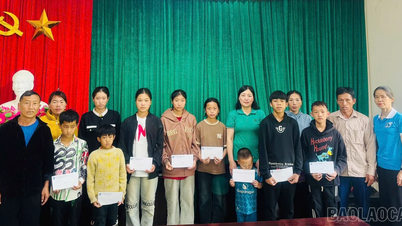


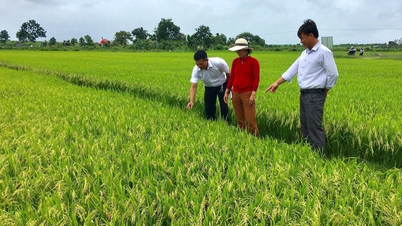







Comment (0)